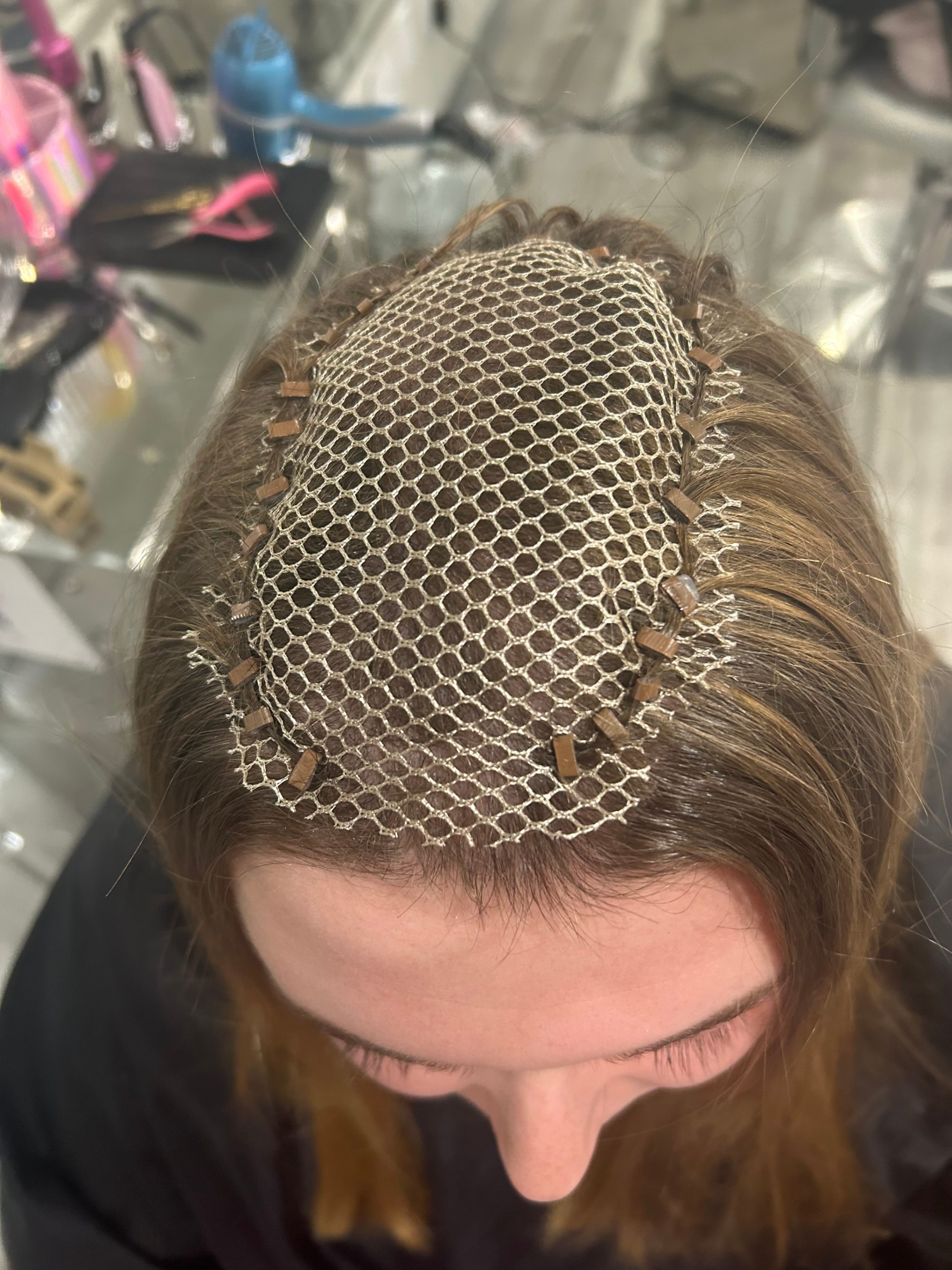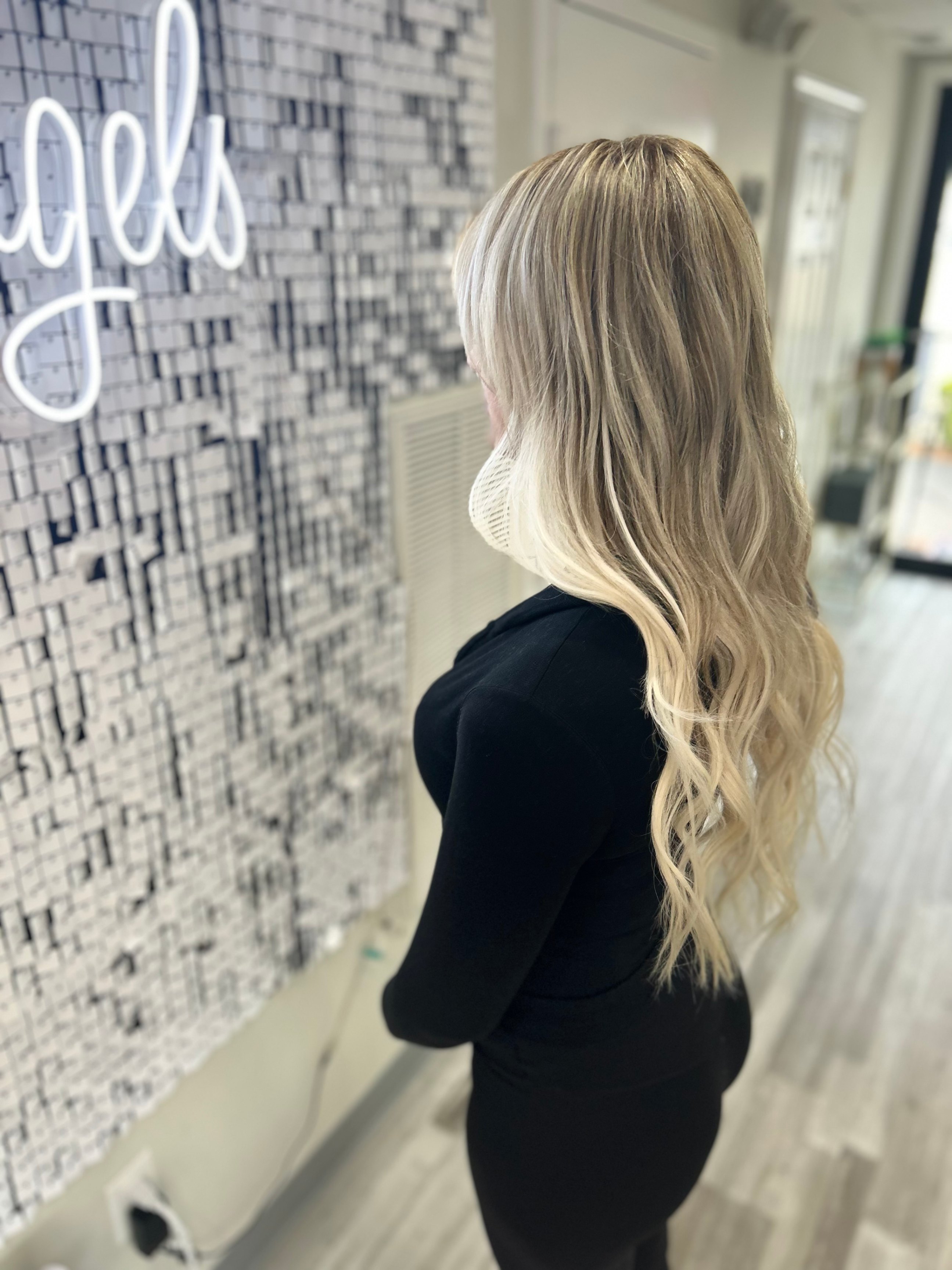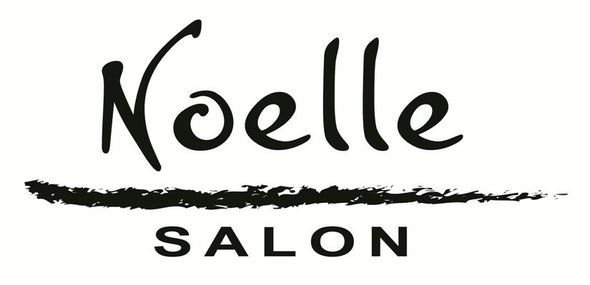Hair Extensions for Female Pattern Baldness: A Solution

Hair Extensions for Female Pattern Baldness: Your Solution
Losing hair can be a distressing experience for women, influencing their hair health, self-esteem and overall confidence. Thankfully, advancements in the beauty industry have provided solutions to address this concern. One such option is the use of hair extensions. In this blog post, we will explore the possibilities of using hair extensions as a solution for individuals experiencing hair loss. From understanding different hair loss conditions to exploring suitable extension methods, we will provide insights and guidance for those seeking to regain their confidence.
I am often asked if hair extensions work for hair loss mostly because hair extensions seem like an easier and viable solution. Below is a breakdown of my opinion.
Section 1: Understanding Hair Loss
Hair loss can occur due to various reasons, including medical conditions like alopecia areata, female pattern balding, or even as a result of chemotherapy. It is crucial to identify the underlying cause of hair loss before considering any hair extension method. Consulting with a medical professional or a dermatologist or trichologist can help determine the cause and guide you toward the most suitable solution.
Section 2: Hair Extensions for Hair Loss
It is important to understand that you need hair to cover the hair extension attachment, therefore, if your hair is thinning at the scalp and the top of the head, hair extensions may not be your best option. In this case, a hair topper with hair extensions will be a better option!
Hair Loss At The Top Of The Head:
Although, we do offer 2 types of micro hair extensions that may be hidden in your hair, these work for those with diffuse hair loss due to chemotherapy-induced hair loss, alopecia areata, patches of hair loss, alopecia universalis, lichen planopilaris, and trichotillomania. The micro extensions are attached to tiny strands of your own hair and are well hidden by small amounts of your own hair.
The Combline Technique is a technique called a strand-by-strand attachment, we attach one strand of hair extensions, to one strand of your own hair. We comb in an adhesive and then separate the hair extensions to mimic your own hair growth.
V-Light hair extensions attach more than a few strands and work best on individuals with limited hair loss. We attach 4 to 5 strands, to 2 to 3 strands of your hair. These extensions are undetectable and very secure. They lay flat, and are very easy to remove. The adhesive is expertly matched to your hair color and is cured for a long-lasting result.

Check Out Our Micro Extension Video Below:
https://youtube.com/shorts/rnPHvXbkRSg?si=aYI3x0kA28STS0zx
Hair Extensions For Hair Loss On The Sides, Crown & Back Of The Head:
Veila Pull-Thru Hair Extensions have emerged as a popular choice for individuals experiencing hair loss. These innovative extensions offer a non-invasive, comfortable, and natural-looking solution. Made from high-quality human hair, Veila extensions are designed to seamlessly blend with your existing hair, providing volume and length while covering areas affected by hair loss. The pull-thru technique ensures that the extensions are secured without causing any damage or strain to the existing hair.
The Pull-Thru method is secured by your natural hair, and can be attached to as little as 3/4" of hair. They are well hidden in hair that has more density than those with hair loss described above. We often use these hair extensions for those with Trichotillomania, using them to on bald patches! The feedback is that our Trich clients do not pull on these extensions since the sensation of pulling differs when wearing them. Changing the texture of ones hair helps to prevent pulling, and will lead to hair loss; "the barrier effect!"
Section 3: Choosing the Right Method
While Veila Pull-Thru Hair Extensions are a great option for many, it's important to understand that different individuals may have varying requirements. Micro bond hair extensions, for example, can be combined with pull-thru extensions to provide additional coverage and a more personalized result. Consulting with a certified hair extension specialist can help determine the most suitable method based on your unique needs.
A hybrid technique; a mix of 2 or more extension methods, may give you the optimal experience. Often we use one type of hair extensions on denser areas of your hair, combined with micro hair extensions; micro keratin bonds, V-light hair extensions, or Combline hair extensions on hair loss areas.

Section 4: Caring for Hair Extensions
Once you've chosen the right method, proper care is essential to maintain the longevity and quality of your hair extensions. Regular maintenance appointments and following specific care instructions provided by your stylist are crucial. This includes using gentle hair products like sulfate-free shampoo and conditioner, avoiding excessive heat styling, and being mindful of how you brush and style your hair to prevent tangling or damage.
If you are experiencing hair loss, and you are wearing hair extensions, you will need to check in with us more often. We require a free two-week check-in to help you on your journey, at this visit we will address any potential issues and fix them immediately. Unlike one not experiencing hair loss, hair extensions may need adjusting, repositioning, or blending. It may take a few salon visits to create the best extensions for your individual hair loss situation.
How Long Does Your Hair Need to Be for Hair Extensions
When considering hair extensions, including Crown Fusion extensions, it's essential to understand that a certain length of your own hair is necessary for effective application. Ideally, you should have at least four to five inches of your own hair at the top of your head to properly cover the attachment points of the extensions. For those experiencing hair loss at the top of the head, a hair topper can be a more suitable solution. This method allows you to add hair extensions beneath the topper, combining both for fuller coverage. The fusion of a hair topper and Crown Fusion extensions not only enhances length but also offers a natural look, making it a more comfortable alternative to wigs.
Extension Type
Minimum Hair Length
Best Use Case
Hair Toppers
4-5 inches
Covering significant hair loss
Hair Extensions
4-5 inches
Adding length and volume to existing hair
This combination effectively addresses the challenges of hair loss while promoting an aesthetic that looks seamless and real.

Methods to Avoid With Thin Hair
For individuals with thin hair, certain extension methods can lead to further damage and should be avoided. Techniques like bonded extensions (keratin bonds) utilize heat during application, which can stress delicate hair strands and lead to breakage. Similarly, micro or nano ring extensions focus weight on small attachment points, which may cause a stringy appearance and discomfort, particularly for those with fine hair. Lastly, weave extensions, which involve tightly braiding hair, can create excessive tension and are often applied using glue, resulting in a type of hair loss known as traction alopecia.
To protect your natural hair, consider lighter and safer alternatives like tape-in or clip-in extensions with wefts. These methods are designed to be gentle, minimizing the risk of damage while still providing volume and length. Familiarizing yourself with hair care products is crucial when choosing the right extension approach to prevent further hair loss and to maintain the health of your hair.
Hair Extensions Help with Trichotillomania and Alopecia
Hair extensions can serve as a valuable resource for individuals struggling with conditions like trichotillomania and alopecia areata. Trichotillomania involves the compulsive urge to pull out one's own hair, leading to noticeable thinning or bald patches. Using hair extensions, such as Veila Pull-Thru extensions, can not only help to conceal these areas but also provide the wearer with a boost in confidence and promote healthy hair. The unique design of these extensions allows them to be securely attached without causing any additional strain on existing hair, prioritizing the health of your natural hair, making them an ideal choice for those with sensitive scalps.
Similarly, for individuals with alopecia, hair extensions can offer a means to regain fullness, thickness, and length, as there are various types of extensions that cater to their specific needs. While traditional extensions may not be suitable during active hair loss, many clients find success once their hair begins to regrow. Consulting with a hair loss specialist can help determine the best solution to enhance both appearance and self-esteem while ensuring the health of the remaining natural hair is prioritized.
Conclusion:
Hair extensions can be a transformative solution for individuals experiencing hair loss. Whether you're dealing with alopecia areata, female pattern balding, or hair loss due to chemotherapy, the advancements in hair extension techniques offer hope and confidence. By understanding the different hair loss conditions, choosing the right method, and providing proper care, you can embrace the beauty of extensions while enhancing any hairstyle and your self-esteem. Remember, consult with a professional to ensure you receive personalized advice tailored to your unique situation.
We recommend a free hair loss consultation, you are not alone in your hair loss journey, and we have great experience with all types of hair loss. Please allow us to help restore your hair.
Hair Loss background
With Alopecia Areata, fungal infections, other autoimmune diseases, thinning hair by Trichotillomania which removes hair follicles by physical means. At Noelle Salon, we cover the various approaches to hair solutions to treat hair loss, female pattern baldness, balding spots, and other conditions to which you lose hair. At Noelle Salon, we focus on hair growth techniques. Hair systems and hair extension maintenance is part of the journey while wearing them. For Trichotillomania, as our hair grows they both will loosen, and service is required. The difference between a hair system and hair extensions for Trichotillomania clients varies based on the location of hair loss.


